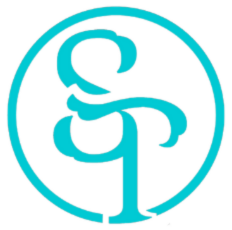
covid on anxiety
COVID and the effects of the pandemic have changed our life now and has shifted the future for better or worse. With all the change, the unknown, and the fear of the virus itself, we have been forced to adapt…very quickly. Some people with anxiety have actually found this pandemic easy to cope with. One woman described her experience as feeling more calm since the pandemic started because as she put it, “I was in an internal pandemic before 2020 began.” For many others, it has been a very difficult year to know how to handle the chaos. What has been the impacts for people with anxiety and what we can do about it?
2020 has met us with the challenge to adapt quickly and respond to something that was unexpected, life altering, and ultimately out of our control. So much of our anxiety comes from this attempt to control (control people’s judgment, control risk, control our death/finitude). COVID has a blend of all of these (e.g., people judging for certain behaviors during this pandemic, risk from the virus itself, finitude/death being brought to the forefront). Although this time is unique, we can learn from it. This year has shown many of us an important lesson: we can’t control the world’s future or the environment (anything outside of us). But the good news: we are always in control of our response. Life is consistently risky. From turning on the stove to driving in your car, we are always faced with the possibility of something outside of our control meeting us with little to no warning and putting us in a position we never wanted to be. Remember–your responsibility is your response. So when the next unexpected thing happens in your life-breath vs react, plan vs tirelessly worry, and respond to the adversity with courage. Who knows, maybe someone could feed off of your courage and leadership during this time.
What about stay at home orders? These stay at home orders had unintended consequences–especially to people with anxiety and depression. It further disconnected people from outlets and supports that relieved intense stress & anxiety. It has enabled or intensified avoidance of fearful things outside of the home. (Although the fear is within us, it is easier to avoid the thoughts/emotions that spontaneously arise from outside of the home). As we know, with increased avoidance comes increased anxiety. To add to it, this increase continues to build hopelessness and helplessness (more about the effects of COVID on depression later).
Lastly, there is no end in sight. Some talk about going back to normal, some talk about a new normal, but we have no idea what that means (course of the virus, vaccines, stay at home restrictions, masks, etc.). When does this new normal begin, has it already begun?. Our anxiety can have some rest if it is contained in time. For example, maybe you know that crossing a very tall bridge over a large lake will create anxiety but if you are able to put the event in a time frame (e.g., I will feel anxious for 30 seconds as I cross this bridge and it will be over)-we can deal with that much easier. However, having no end in sight doesn’t mean you are doomed to suffer until the end rescues you. Put the day contained in time. The worry of when “this will end” gives us no help. As soon you as wake, you’ve entered a new chapter, each breath a new page. No need to wonder when the book will end, solely write each page with intent and purpose. When you get to the end of the book, you won’t be disappointed in yourself for skipping chapters. You will have written a full and creative story. It may even be a good read for others.
“Contain the anxiety in time, it is only existing now by staying in the future.”
